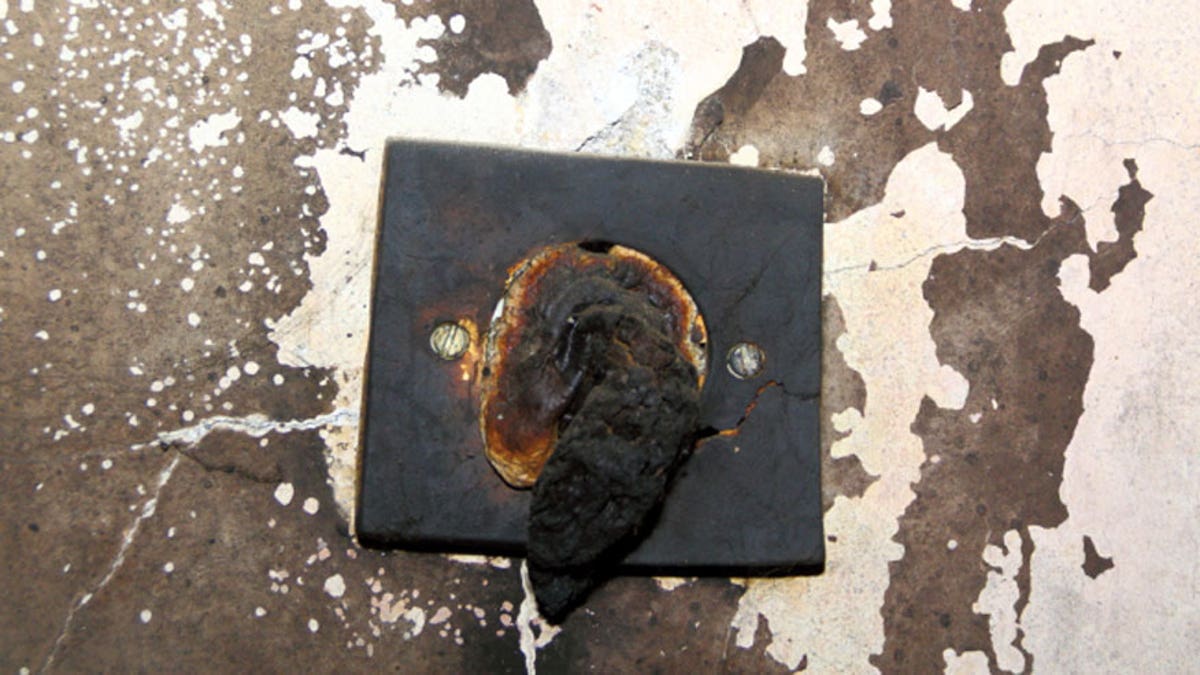
Your home, sweet home, might be trying to kill you. Here are four silent killers that could be lurking in your home.
Poison Gases
It’s a problem that affects nearly 1 in 15 homes in the U.S. and is the second leading cause of lung cancer. Potentially deadly radon is a colorless, orderless gas that seeps up from the soil through cracks in the foundation when naturally occurring uranium decays. Modern homes are well insulated from the elements, which allows the gas to build up to potentially toxic levels. A radon alarm, which costs as little as $15, should be installed in the home, particularly in basements where radon is more likely to pool. Elevated radon levels are a pretty easy fix. Contact a contractor to seal up cracks in the foundation and install a ventilation system to prevent the gas from building up.
Radon isn’t the only potentially deadly gas you need to worry about. Carbon monoxide occurs when burning fossil fuels, which means a CO leak can be caused by a malfunctioning heating system, a poorly ventilated barbecue or a gas-powered generator. Carbon monoxide causes more than 400 deaths each year in the U.S., and is responsible for 20,000 emergency room visits. As with radon, a simple alarm can warn you when dangerous levels of carbon monoxide start to build up in the home, and many states have started requiring these alarms to be installed alongside smoke detectors. If you alarm sounds, don’t panic. Open your windows to provide ventilation, leave the home and call 911.
Garden Plants
A garden can be an idyllic green space, but it can also contain hidden dangers, particularly for curious pets and children. Unbeknownst to many gardeners, many common garden plants can be extremely toxic and even downright deadly. Castor bean plants are a common favorite with gardeners, but the plant’s bean contain enough of the toxin ricin to kill a small child. Water hemlock — one of the most deadly plants around — is a very common weed, which can easily be mistaken for edible plants such as wild carrots or water cress. Curious cats love to attack plants, but a few bites of a common lily can be enough to kill your beloved pet. If you have pets or children, double-check before planting to make sure you’re not growing anything that’s potentially harmful.
Old Wiring
Old home have their charms but they also harbor many dangers behind their antique walls. Knob-and-tube wiring was a common electrical setup in the late 19th and early 20th century that featured rubber and cloth insulation around the wiring. Over the years, the insulation becomes dry and brittle, exposing the bare wires — a problem that is commonly seen in crawl spaces, basements or other places where the wires are out in the open. If your home was built before the 1940s, you might consider getting it checked for this old style of wiring. While an upgrade will be expensive, it’s a lot better than losing your house to an electrical fire.
Open Water
Backyard pools are a wonderful way to spend a sun-baked summer’s day, but they are also a leading cause of death for small children. Parents with small children should install a child-proof fence and gate around the pool and children should never be allowed to use the pool unsupervised. Assuming that the shallow depths make them safe for unattended play, many parents overlook the danger posed by small wading pools. But any amount of water could prove deadly for children, particularly those under the age of five. If you have a portable pool, make sure you monitor the kids while it is in use and drain it when the kids are finished playing.